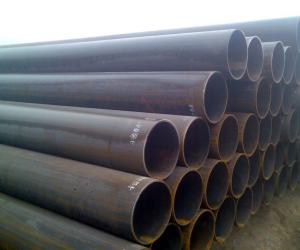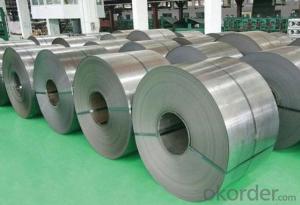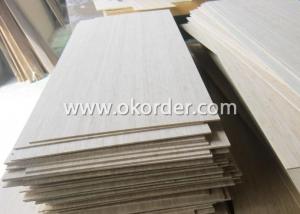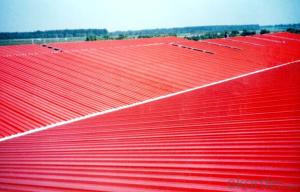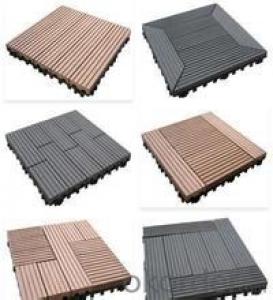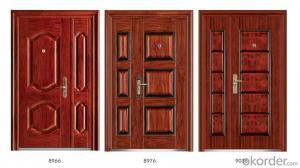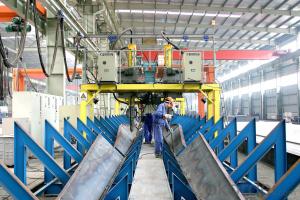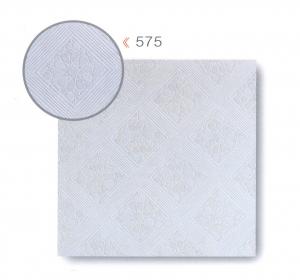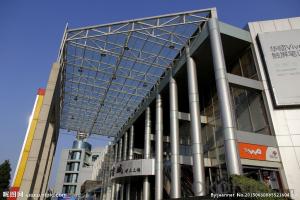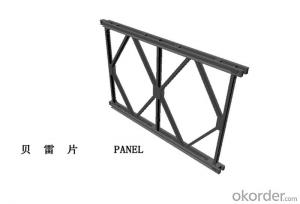Engineered Steel Buildings
Engineered Steel Buildings Related Searches
Best Paint For Stainless Steel Blanket Insulation For Steel Buildings Primer For Galvanized Steel Foam Filter For Stainless Steel H S Code For Stainless Steel Surface Grinding Wheels For Stainless Steel Surface Grinding Wheels For Hardened Steel Hole Saw For Stainless Steel Paint For Stainless Steel Stainless Steel For BbqHot Searches
Steel Mesh Panels For Sale Price For Stainless Steel Scrap Scrap Price For Stainless Steel Price For Stainless Steel Stainless Steel Tank For Sale Stainless Steel Sheets For Sale Cheap High Tea Sets For Sale Stainless Steel Tanks For Sale Stainless Steel For Sale High Density Fiberboard For Sale Solar Hot Water Collectors For Sale Scaffolding For Sale In Uae Scaffolding For Sale In Ireland Scaffolding For Sale In Houston Type Of Inverter For Solar Price Of Shipping Containers For Sale Types Of Inverter For Solar Stock Price For Aluminum Used Solar Inverter For Sale Steel Mesh Panels For SaleEngineered Steel Buildings Supplier & Manufacturer from China
Okorder.com is a professional Engineered Steel Buildings supplier & manufacturer, offers integrated one-stop services including real-time quoting and online cargo tracking. We are funded by CNBM Group, a Fortune 500 enterprise and the largest Engineered Steel Buildings firm in China.Hot Products
FAQ
- Due to its strength, durability, and versatility, steel is an indispensable material in the construction of stadiums and sports arenas. Its usage in these structures is particularly significant in the framework and support systems. Creating the skeletal structure of the stadium, steel beams and columns provide stability and strength to the overall building, allowing it to withstand heavy loads such as the weight of the roof, seating, and equipment. This ensures the safety of both spectators and athletes. Additionally, steel is utilized in the construction of the roof and canopies of stadiums. Its lightweight nature allows for the creation of large, open-span structures, providing unobstructed views for spectators. Not only are steel roofing systems aesthetically appealing, but they also offer weather protection, enabling events to take place regardless of rain or intense sunlight. Apart from the framework and roof, steel finds its way into various other components within stadiums and sports arenas. It is commonly used in the fabrication of stairs, handrails, and walkways, providing spectators with safe and sturdy access throughout the facility. Steel is also employed in the construction of seating areas, creating grandstands and bleachers capable of accommodating thousands of people. Furthermore, steel plays a role in the production of sports equipment, such as goalposts, basketball hoops, and fencing. Its strength and durability make it ideal for these applications, ensuring that the equipment can endure intense use and remain in good condition over an extended period. In conclusion, steel is of utmost importance in the construction of stadiums and sports arenas, offering the necessary strength, durability, and versatility for these large-scale structures. Its usage spans from the framework and roof to various other components within the facility, guaranteeing the safety and comfort of both spectators and athletes.
- Some common design considerations for steel sports facilities include structural integrity and load-bearing capacity to support the weight of equipment and spectators, durability and resistance to weather conditions and wear, flexibility to accommodate various sports activities and layout changes, acoustics for optimal sound quality during games and events, and aesthetic appeal to create a visually pleasing and inviting atmosphere for athletes and spectators. Additionally, considerations may include accessibility for people with disabilities, energy efficiency for sustainable operation, and cost-effective construction and maintenance.
- The factors that affect the compatibility of steel structures with other building materials include the type of material used, the structural design, the load-bearing capacity, the expansion and contraction properties, and the corrosion resistance of steel. Additionally, factors such as the jointing methods, the compatibility of surface finishes, and the long-term durability of the materials also play a significant role in determining the compatibility of steel structures with other building materials.
- When selecting the appropriate steel section for a structure, there are several factors that need to be considered. These factors include: 1. Load-bearing capacity: The steel section should have sufficient load-bearing capacity to support the expected loads and stresses that will be placed upon it. This includes both dead loads (the weight of the structure itself) and live loads (such as occupants, furniture, or machinery). 2. Span length: The span length of the structure will determine the size and shape of the steel section needed. Longer spans typically require larger and stronger sections to ensure structural integrity and prevent excessive deflection. 3. Design requirements and codes: The design requirements and codes set by local authorities need to be followed to ensure compliance with safety standards. These requirements may specify the minimum size, shape, and strength of the steel section based on the type of structure and its location. 4. Architectural considerations: The architectural design of the structure may also influence the selection of the steel section. Certain sections may be more suitable for achieving specific aesthetic or functional requirements, such as curved or tapered sections for a unique design element. 5. Cost and availability: The cost and availability of the steel section should be taken into account. Some sections may be more expensive or difficult to obtain, which could impact the overall project budget and timeline. 6. Fabrication and installation considerations: The ease of fabrication and installation of the steel section should also be considered. Certain sections may require specialized equipment or techniques, which could add complexity and cost to the construction process. 7. Corrosion resistance: Depending on the environment in which the structure will be located, the steel section may need to have corrosion-resistant properties. This can be achieved through the use of specific coatings or the selection of stainless steel or other corrosion-resistant alloys. By carefully considering these factors, engineers and designers can select the most appropriate steel section for a structure, ensuring its safety, functionality, and cost-effectiveness.
- There are several ways in which steel structures enhance the overall sustainability of a building. To begin with, steel possesses exceptional durability and a long lifespan. Consequently, steel structures necessitate less maintenance and replacement over time in comparison to alternative building materials. This durability diminishes the requirement for regular repairs and renovations, thereby decreasing the overall environmental impact of the building. Furthermore, steel is a recyclable material. At the conclusion of a building's life cycle, it is effortless to dismantle steel structures and recycle the steel for alternative purposes. This reduces the quantity of waste generated during the demolition process and minimizes the depletion of natural resources. Moreover, steel structures present design flexibility, permitting efficient utilization of space and the capability to adapt to changing needs. This flexibility implies that buildings can be easily modified or expanded without extensive demolition or reconstruction. Consequently, construction waste is reduced, contributing to the overall sustainability of the building. Additionally, steel is a lightweight material when compared to other construction materials like concrete. This lightweight characteristic facilitates easier transportation and assembly, resulting in reduced energy consumption during construction and minimized carbon emissions during transportation. Lastly, steel structures possess high resistance to fire, earthquakes, and other natural disasters. By providing a secure and safe environment, steel structures increase a building's longevity and reduce the necessity for reconstruction following a disaster. This resilience minimizes the environmental impact of rebuilding and decreases the risk to human life, thus contributing to the overall sustainability of the building. In conclusion, steel structures enhance the overall sustainability of a building due to their durability, recyclability, design flexibility, lightweight nature, and resilience. By selecting steel as a building material, we can construct structures that are not only environmentally friendly but also cost-effective and safe for occupants.
- Steel structures designed for seismic zones are built to withstand the powerful forces generated during an earthquake. These structures are specifically engineered to mitigate the potential damage caused by seismic activity and ensure the safety of the occupants. The design process for steel structures in seismic zones involves several key considerations. Firstly, the selection of appropriate materials is crucial. High-strength steel with excellent ductility is typically used, as it can absorb and dissipate seismic energy more effectively. The steel components are also designed to have adequate stiffness and flexibility to resist lateral forces and deform under seismic loads. Another important aspect is the structural configuration. Buildings in seismic zones are often designed with lateral load-resisting systems, such as moment frames, braced frames, or shear walls. These systems provide stability and redistribute seismic forces throughout the structure, reducing the concentration of stress on specific elements. Moreover, connections between steel members are meticulously designed to ensure their ability to withstand seismic forces. Special attention is given to the detailing of connections to ensure they have adequate strength, ductility, and energy dissipation capacity. Properly designed connections can enhance the overall performance of the steel structure during an earthquake. In addition to material selection and structural configuration, engineers also consider the site-specific conditions and ground motion characteristics. Seismic hazard assessments are carried out to determine the expected level of ground shaking in a particular area. This information helps in determining the design parameters and ensuring that the steel structure can safely handle the anticipated seismic forces. Computer simulations and advanced analysis techniques, such as nonlinear dynamic analysis, are often employed to evaluate the behavior of steel structures under seismic loads. These tools allow engineers to assess the performance of the structure, identify potential weak points, and make necessary design adjustments to enhance its seismic resistance. Overall, the design of steel structures for seismic zones is a complex process that requires a thorough understanding of the seismic forces and their effects. By incorporating appropriate materials, structural configurations, connection designs, and site-specific considerations, engineers can create steel structures capable of withstanding seismic events and protecting lives and property.
- Steel structures are typically erected on site using a combination of cranes, welding, and bolting techniques. The process begins with the assembly of the steel frames, which are transported to the site in sections. Cranes are then used to lift and position these sections into place, ensuring proper alignment and stability. Welding is employed to join the sections together, while bolting is used to secure the connections. This allows for a quick and efficient construction process, resulting in strong and durable steel structures.
- Steel structures are designed for thermal expansion by incorporating expansion joints and allowing for sufficient space between different steel components. This allows the steel to expand and contract with changes in temperature without causing structural damage or failure. Additionally, materials with low thermal conductivity may be used to minimize the transfer of heat and reduce the effects of thermal expansion on the structure.



















